The 2nd generation 3.0 TDI engine marks the beginning of an end. An end for a powerful, economical but still relatively durable diesel engine which can easily last more than 500 000 km / 310 000 mi.
Would I buy it?
No. Because I hate the big amount of various plastic parts in this engine and the additional complexity. To top of that, cars with the 1st gen 3.0 TDI are still widely available to buy – so I would choose one of those. However, if I would have to buy a used car out of warranty equipped with the 2nd gen 3.0 TDI engine, then I wouldn’t be afraid to buy it (even though I would swear a lot during replacing those fucking cheap plastic parts).
On the other side, what I’m a bit afraid of is the 3rd gen 3.0 TDI – which is essentially just a newer/updated version of the 2nd gen engine. This maybe doesn’t sound that scary, but the potential issues it can have are definitely scary enough! So first, let’s briefly check out this 3rd gen 3.0 TDI.

The most noticeable visual difference between the two engines is, that the crankshaft pulley in the 3rd generation has only 1 bolt and the intake manifold looks a bit different.
3rd gen 3.0 TDI
I don’t like it. I got a feeling that the 3rd gen 3.0 TDI is not gonna reach high mileage that easily as the older 1st and 2nd gen engines. Not only because it has even more plastic parts + more seals & covers (more places where it will leak oil/coolant), but it can also have additional issues related to camshaft sprockets, prematurely worn timing chain or main/crank bearings failure ! Yes, there are numerous cases of crank bearing failures due to long oil change intervals combined with lower oil pressure in low RPMs. There is no time to dig deeper into these problems, so I will quickly mention at least the cam sprocket issue since it’s pretty interesting:
Camshaft sprockets can fall apart
This 3rd gen engine has newer redesigned camshafts. On the end of each of these camshafts there is a sprocket – and for some reason the teeth on these sprockets can simply get worn or sometimes even slightly fall apart. This doesn’t sound very good and it actually is not very good. Who wants some metallic cam sprocket material inside the engine? Or worse, who wants to have a couple of broken cam sprocket teeth-resulting in incorrect cam timing (which can result in a major engine damage)? The symptom of worn camshafts is this kind of a louder knocking from either the left or right back side of the engine: cam knocking sound video
According to a document about this issue released by Audi, this problem affects the following engines:
- CRT: 000001 TO 175973
- CUE: All engine numbers
- CVM: 000001 to 024047
These engines should be made to approx. the end of 2017. However interestingly, there are already cases of camshafts replaced under warranty even on the newer engines – which are not officially affected according to the document. But the good thing is, that even with a knocking/rattling camshafts the engine can last a while – there are many cars with more or less knocking camshafts which are still working even after 80 000 km or 100 000 km-after the knocking appeared. On the other side, the risk of engine damage (because of this issue) is still there. When will this damage the engine? Nobody knows that.

replacing the camshafts can cost approx.: 4 000 € – 5 000 €
But of course this 3rd gen engine has some positives too like the: slightly better fuel consumption, better power and the fact that it’s younger so it should not have many issues yet, YET…
All in all, I would not buy this 3rd gen engine unless:
- it’s under warranty
- you are ready to repair major things on it
- the car is still young with not many miles
Also, compared to the 2nd gen it’s even more important to reduce the engine oil change interval in these 3rd gen engines – so change it after max 10 000 km! And also, you should find someone who can reprogram the engine ECU to increase the oil pressure! But I’m not gonna talk about this 3rd gen engine any further, so let’s go back to the 2nd gen.
2nd gen 3.0 TDI
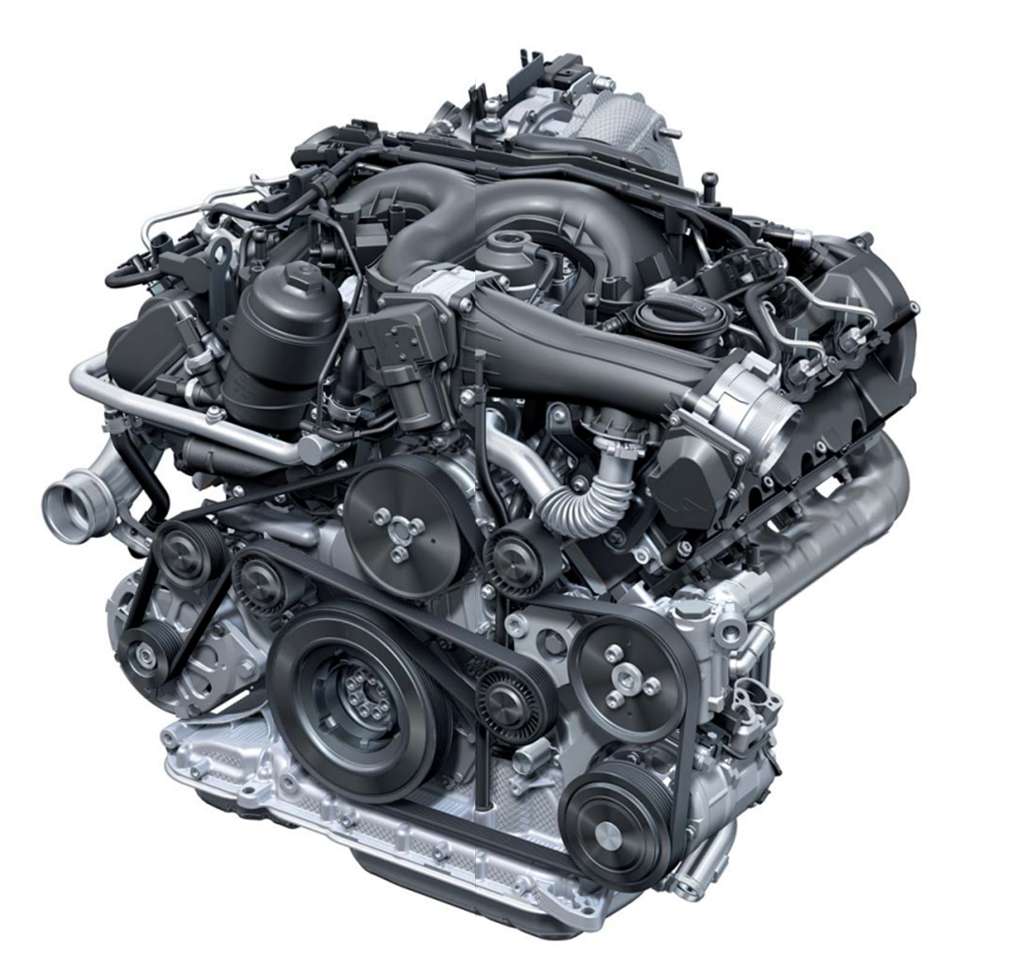
The main construction of the 2nd generation 3.0 l TDI is similar to the 1st gen. So this is still a V6 common rail diesel engine with a cast iron engine block, aluminum cylinder heads and 1 electronically controlled turbo on the top (the most powerful variant of this engine – BiTDI has two turbochargers). However compared to the 1st gen, numerous things are updated on it like the:
- simpler variable intake manifold which has only 2 main flaps
- redesigned/simpler timing chain mechanism
- updated EGR system
- updated more complex cooling system
- updated oil pump with integrated vacuum pump
- new oil filter housing, new valve covers, new front engine cover and some other details
The updated simpler things should be better/more reliable (and in a perfect World they are), but unfortunately we are living in a World where many of the things are not how they should be. So:
- the more complex cooling system has some additional cheap parts which will fail
- more plastic parts are used which are gonna inevitably fail and leak
- and the simpler timing chain is not stronger than in the 1st gen 3.0 TDI either (+ the chain is still mounted on the back so it’s still not easy to replace it).
On the other side, I have to add that this is essentially not a bad engine, because with proper regular maintenance it can last more than 500 000 km. But since it’s a more complex newer generation diesel engine, you have to expect some more and some less expensive issues and a big amount of annoying oil + coolant leaks.
You can find this engine in many different cars ranging from a 4th gen Audi A4 thru an A6 C7, A8 D4, to the 2ndgen VW Touareg or Porsche Cayenne. Or even in a first generation Porsche Panamera. But some of these cars like the A6 (C7) or the A7 (C7) can be equipped with also the 3rd gen 3.0 TDI.
Issues
Injectors
The injectors themselves can get faulty usually just after approx. 200 000 km (sometimes earlier) and the injector washers can start to leak – even after 100 000 km, but I will come back to these topics at the end of the article.
Injector bolts
Another issue related to the injectors are the injector bolts – which can simply get loose or even break. In this case the injector will pop out, which you will definitely notice because of the various symptoms like: rattling/ticking noises from the engine, check engine light, limp mode, cylinder misfire-uneven engine running.
High pressure fuel pump
The HPFP in these engines is a Bosch CP4 pump, which will mechanically fail at some point – releasing tiny metal particles which will destroy all the injectors. Nobody knows when exactly it fails, since it can rarely fail before 200 000 km, but usually just after this mileage point or just after 400 000 km. However, this issue is not extremely common and it happens usually just in the eastern part of Europe and in the US because of the different quality of the fuel. The HPFP is located on the back of the engine under the intake manifold and basically almost under the turbocharger, so replacing it is absolutely not that easy like in the 1st generation 3.0 TDI engines.
Using good quality fuel eventually good fuel additives will prolong the lifetime of the HPFP.
Turbo
The turbocharger mounted on top of the engine will fail at some point together with the electronic actuator, but mostly just in higher mileage cars – after approx. 300 000 km.
Crank pulley

The crankshaft pulley at the front will fall apart sooner or later – causing the accessory belt to jump off the same way as on the older 3.0 TDI engines. So if the pulley looks worn or rusty, then it’s better to replace it preventively!
Oil / coolant leaks
Next there are the leaks. And let me tell you, this engine was literally made to leak oil and coolant ! The various leaks which will mostly magically appear between the cylinder heads are actually really famous, so let’s start with the list:
The oil can start to leak from:
- valve cover gaskets and valve covers themselves
- gaskets of the oil cooler and the gaskets of the oil cooler base plate located between the cylinder heads
- oil thermostat o-ring
- seals of the oil filter housing + the oil filter housing itself
- rear main seal
- + the various covers like the timing chain covers at the back or the front crankshaft cover which are sealed with sealant from the factory are gonna eventually slowly leak oil
The coolant can start to leak from:
- oil cooler
- a small plastic coolant flange behind the oil cooler
- a plastic coolant regulating valve behind the coolant flange
- a plastic coolant cover which is mounted onto the main front engine cover/in front of the oil cooler. The only way to remove this small plastic coolant cover is to remove the whole big metallic front cover of the engine which is not an easy nor a quick job + during this you will have to replace the gasket of this big front engine cover as well. (this is clearly a shit design since the previous gen of this engine has this part made entirely from metal)
- oil filter housing which also contains the main thermostat
- plastic coolant pipe on top of the engine which is located in front of the turbocharger
Long story short, all the gaskets and o-rings between the cylinder heads are gonna leak sooner or later and all the plastic parts are gonna eventually crack and leak. So when you get a leak between the cylinder heads you got 2 options basically:
1. you either replace the gaskets and the plastic parts one by one, or in groups and wait for the other stuff to fail and leak
2. you simply replace all the possible gaskets and parts which can leak at the same time, or at least all those which are not easily accessible – and have a piece of mind for a long time
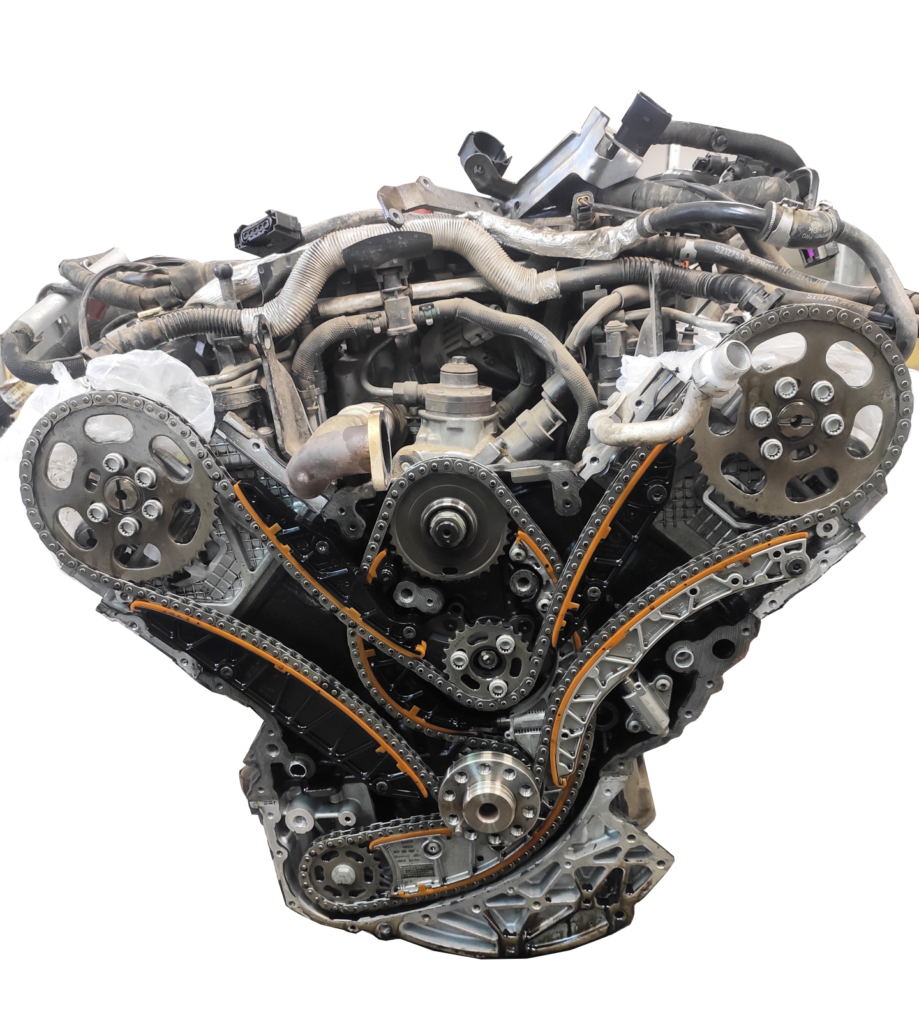
Timing chain
Unlike the first generation 3.0 TDI, this newer 2nd gen engine is equipped with a redesigned/simpler timing chain mechanism. Despite the fact that it’s redesigned and simpler, it can still get worn and sometimes even prematurely. Mainly in cars made to 2013 the chain can start to rattle before 200 000 km and sometimes even before 100 000 km – in many cases because of the early weaker chain tensioner. Cars made from the end of 2013 should have an updated chain tensioner fitted, so in these newer models the chain should not start to rattle that early.
Interestingly, plenty of people and even mechanics are gonna tell you that a short rattle in these engines after start up is fine. Well, there is a bit of truth in this. The chain failures on these engines causing catastrophic damage are not very common, so it is perfectly possible that even with a short chain rattle at start up the chain mechanism lasts more than 300 000 km. However I have to add that if you hear a chain rattle at start up, then there is a chance that the chain jumps and causes engine damage-mainly if it’s too loose. The problem is, that you simply don’t know how loose the chain is without inspecting it directly. So a chain rattle is definitely not a normal condition.
At around 300 000 km it’s a good idea to replace the chain mechanism preventively even if it’s not rattling, because the tensioners and the plastic guides are gonna be worn to some extent, the plastic guides can even break + on high mileage cars the chains will stretch as well.
Other stuff
1. Carbon build up in the intake manifold
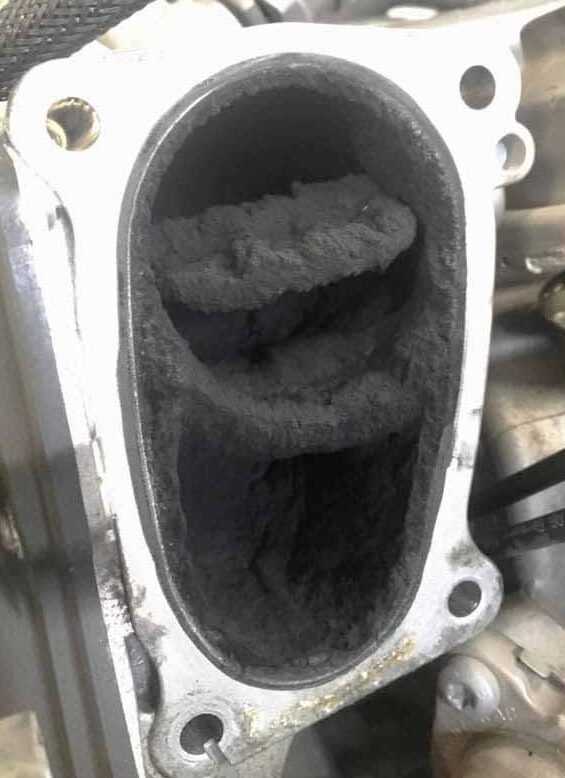
It’s good to know that there can be a big amount of carbon/sooth in the intake manifold even after 150 000 km – 93 000 mi.
So it’s a good idea to remove it and clean it after this mileage point, because with a clean manifold the engine is gonna run smoother, with a bit more power and with a bit better fuel consumption.
2. Various sensor/switch failures can occur
3. Issues with the EGR valve or with the throttle body actuator can occur
4. Vacuum solenoid
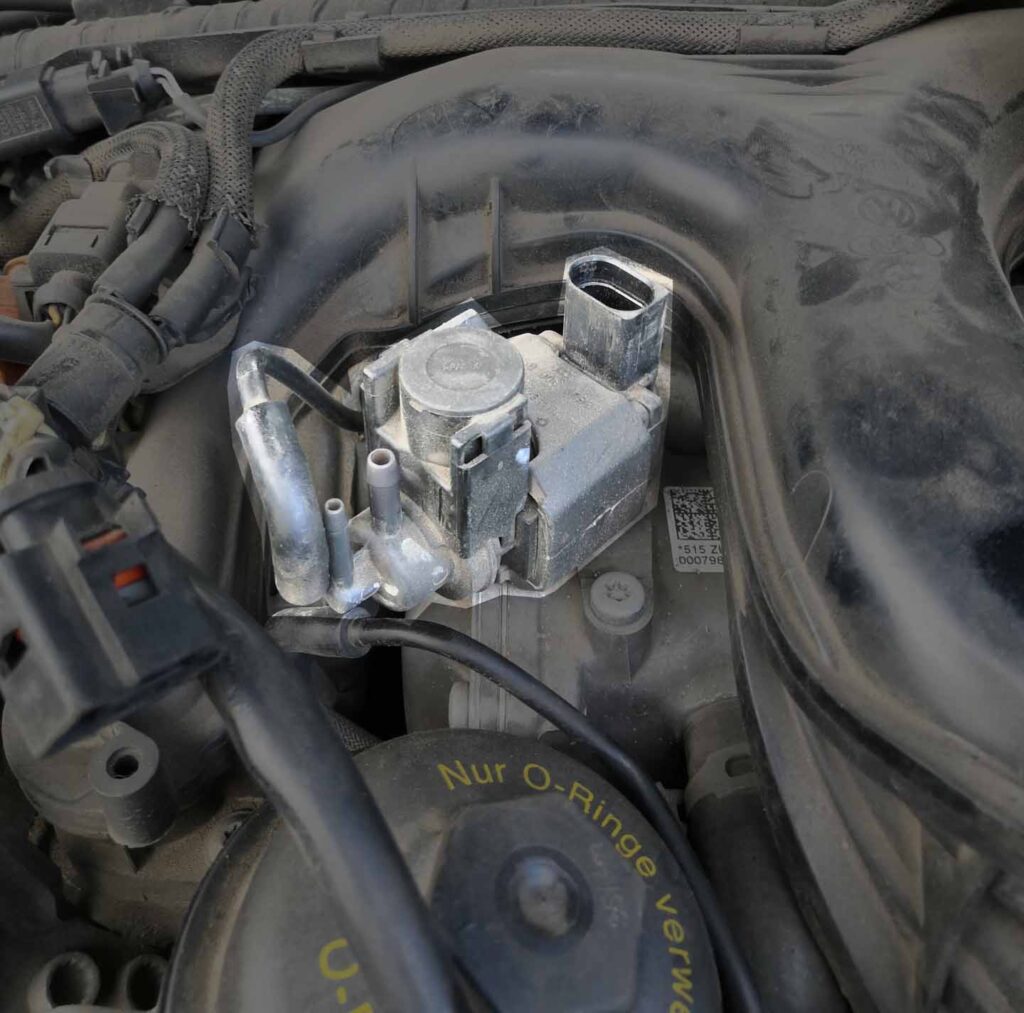
There is a vacuum solenoid on top of the engine which can fail. In this case you can usually experience that the coolant won’t reach operating temperature/or fluctuating coolant temperature… and a P199E fault code is also a symptom of this faulty valve (P199E coolant valve for cylinder head – fault code)
5. Dieselgate software
Keep in mind, that cars which have the dieselgate software update can experience various issues like: bigger fuel consumption, a bit more rough engine running, slight loss of power, more DPF regen. cycles-noticeable oil dilution with fuel. That’s why it’s always a good idea to downgrade the software to the older original non-dieselgate version.
6. Variable oil pump
These engines have a variable oil pump with 2 pressure stages regulated by a pressure regulating valve. This valve is located on the front lower part of the engine so it’s easy to see and access it. It can sometimes fail, so it’s a good idea to replace this valve preventively after 200 000 km because it’s not that expensive.
This valve plays an essencial role in oil pressure regulating, so forget about the aftermarket replacements !! Buy only a genuine oil pressure regulating valve !

7. Leaking head gasket / cracked cylinder head
These engines mounted mainly in the heavy SUVs, are a bit more prone to leaking head gasket or cracked cylinder head. So pay attention to the various early and late signs of these issues. And before buying check the coolant – it has to be clean, topped up without any oil traces or oil smell.
Loss of coolant and oil in the coolant can be the first signs of leaking head gasket or cracked cylinder head.
Symptoms of leaking head gasket or cracked cylinder:
- coolant disappearing without any leaks and without any other symptoms
- occasional white smoke from the exhaust
- oil traces or oil smell in the coolant tank
- whitish sludge on the oil filler cap
- issues with interior heating-heating sometimes works sometimes not
- too much pressure in the cooling system
- engine overheating can occur too
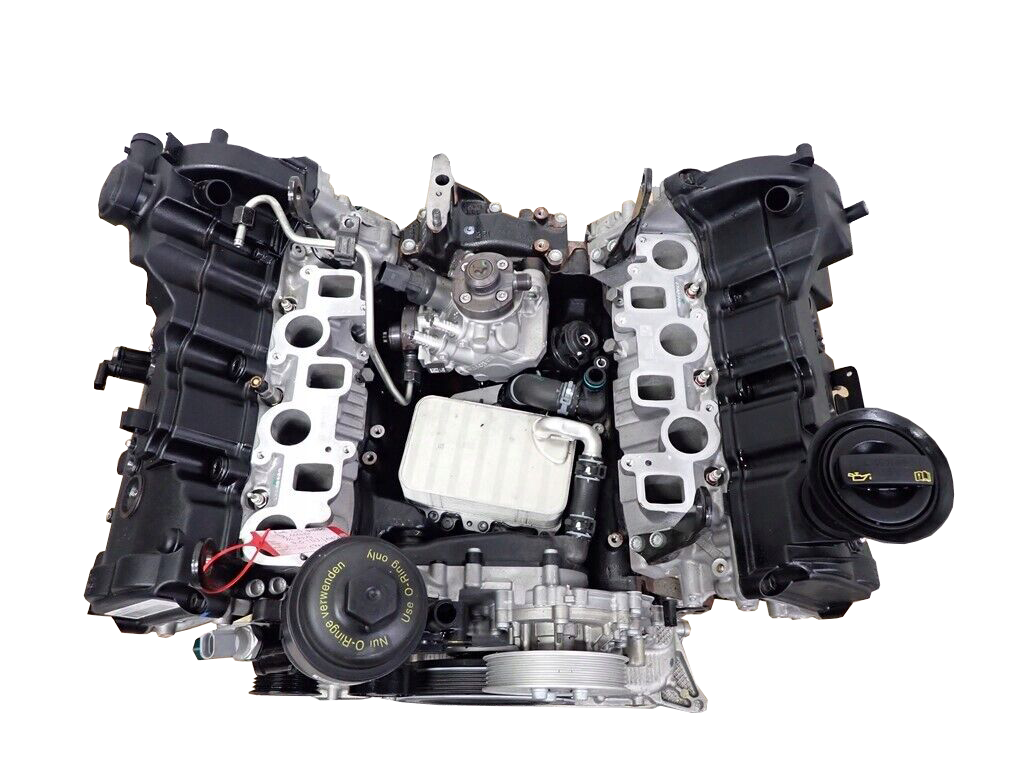
on the next page: injectors, DPF, mysterious coolant loss




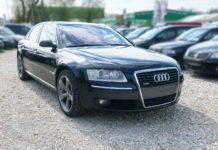










This is a valuable review of the Volkswagen Audi Group 3.0L V6 TDI engine which is a good guideline to many potential owners, automotive technicians, and car dealers who may not be aware of such crucial information concerning the second generation of this engine. y Honestly you’ve done a great job.
Great work there. From experience I’d mention the Mss Air filter Sensor as well. Mine went and it created a low boost issue which took forever to diagnose, as the enginer light wasn’t on and there were no errors showing. The engine light did finally come up and pointed straifgt at the MAF – sorted.